How to extract honey
There are 3 main stages for extracting honey from a hive. 1st is getting the frames off the hive. 2nd is the actual extraction. 3rd is bottling the honey. This guide pertains to stages 2 and 3.
168
STEPS
TOOLS
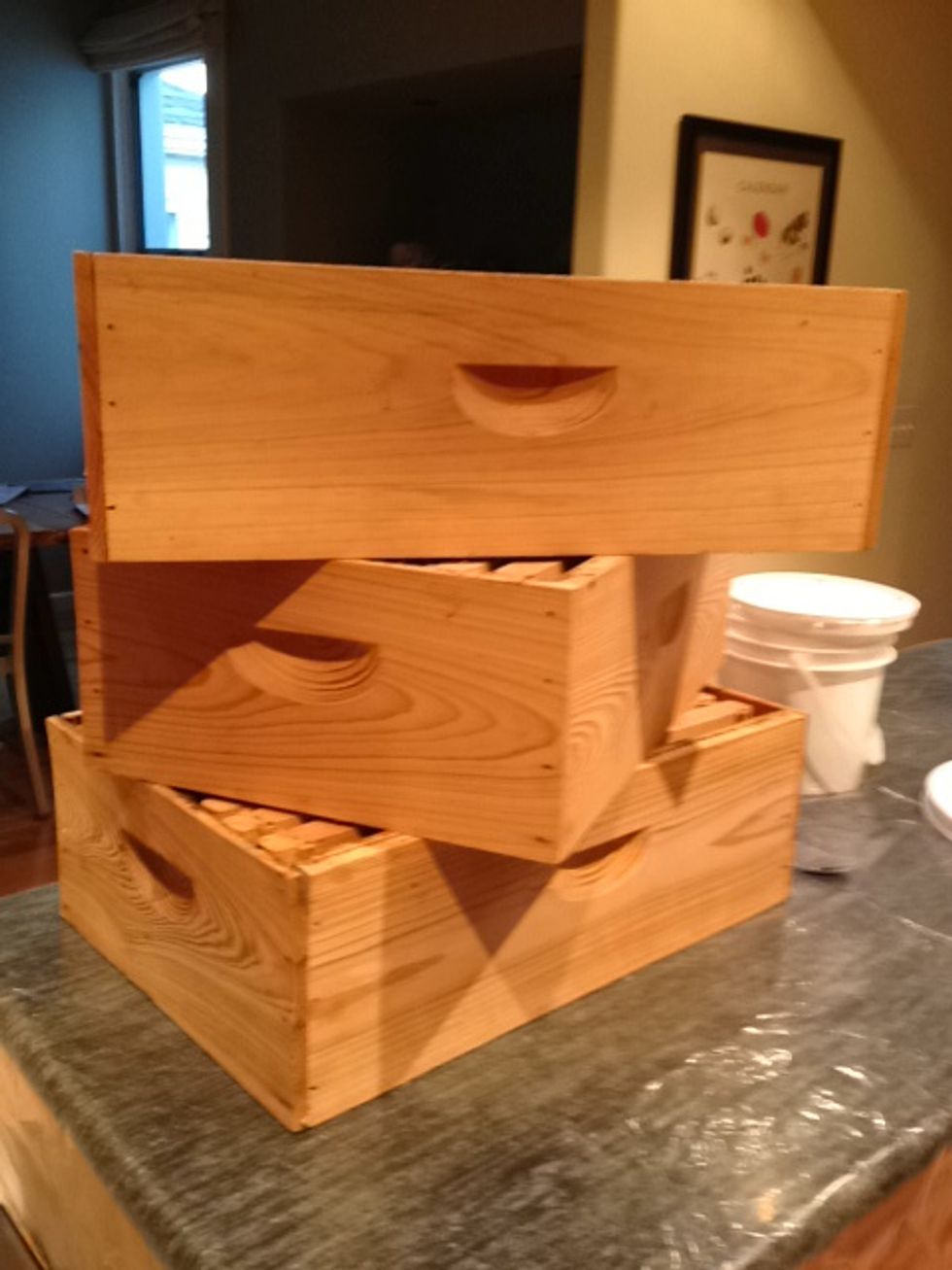
Bring your honey frames into the room where you will be extracting. Make sure your space is clean, warm, and has running water. You should be away from bees and insects. I like to use my kitchen.
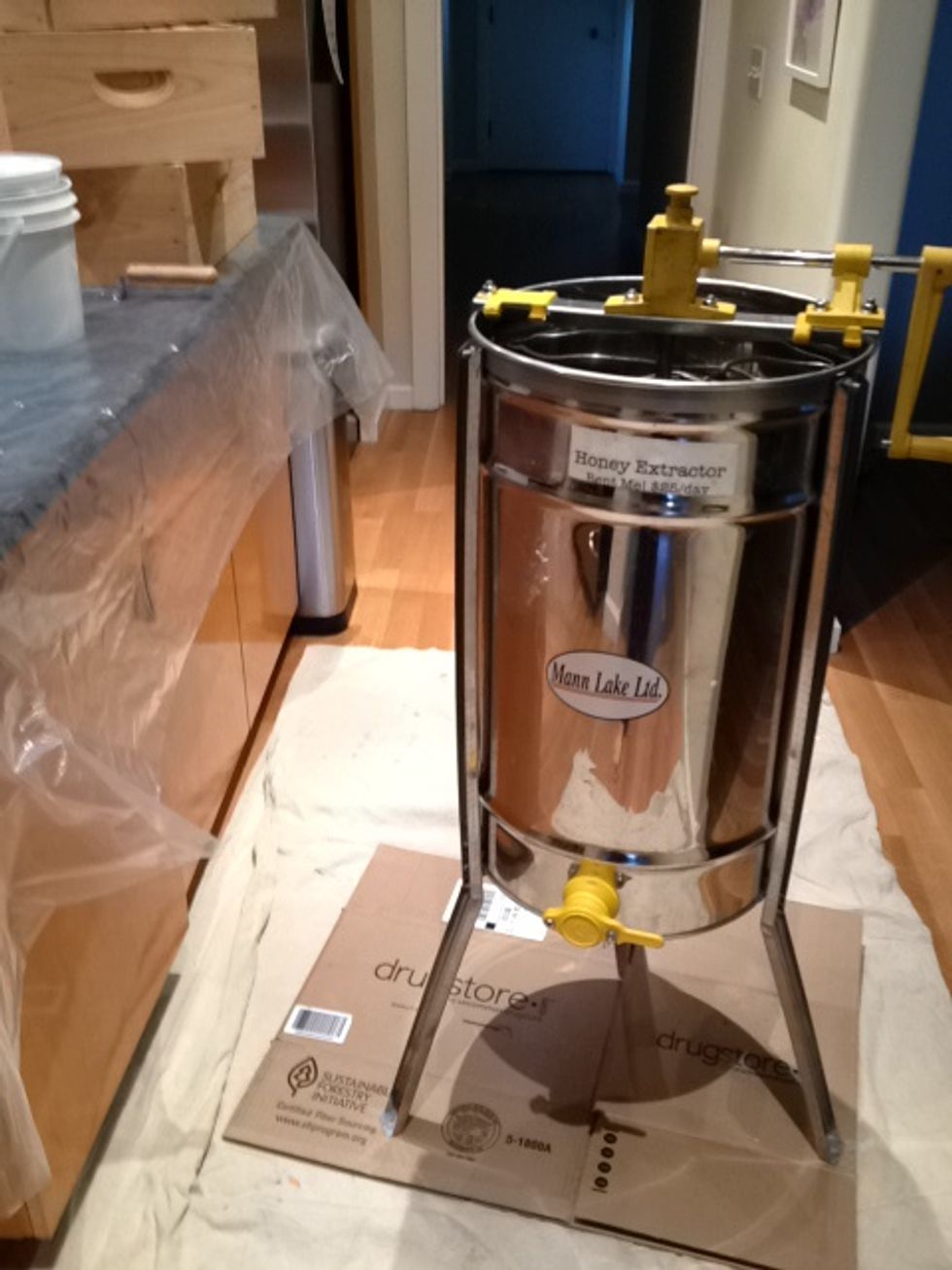
This is a manual 3-frame extractor. To protect the floors and countertops, I like to put down drop cloths and plastic sheets. This also makes it easier to clean up when you are finished.

Have a 5 gallon bucket ready, with a nylon strainer placed inside. You can purchase a bucket with a spigot from a beekeeping supply company. It makes bottling much easier then with a regular bucket.

This is an uncapping knife. You can use anything from a fancy electric, heated model to a plain serrated bread knife. Offset handles will not bump your knuckles on the frame as you remove the wax.
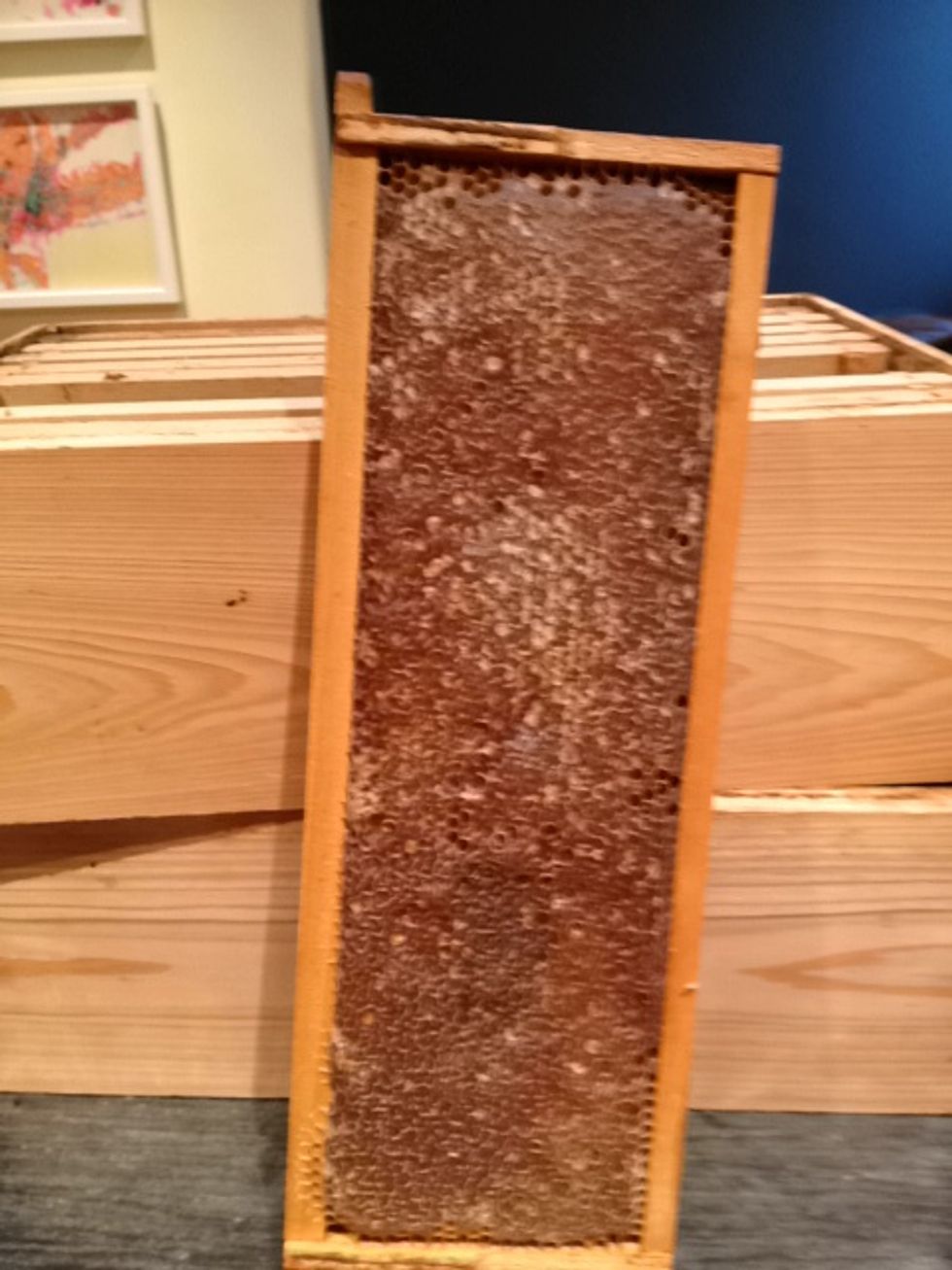
This is an example of a sufficiently capped frame. A frame should have at least 80% capped honey. Uncapped honey has high moisture content. If the yield is too moist, it could ferment.
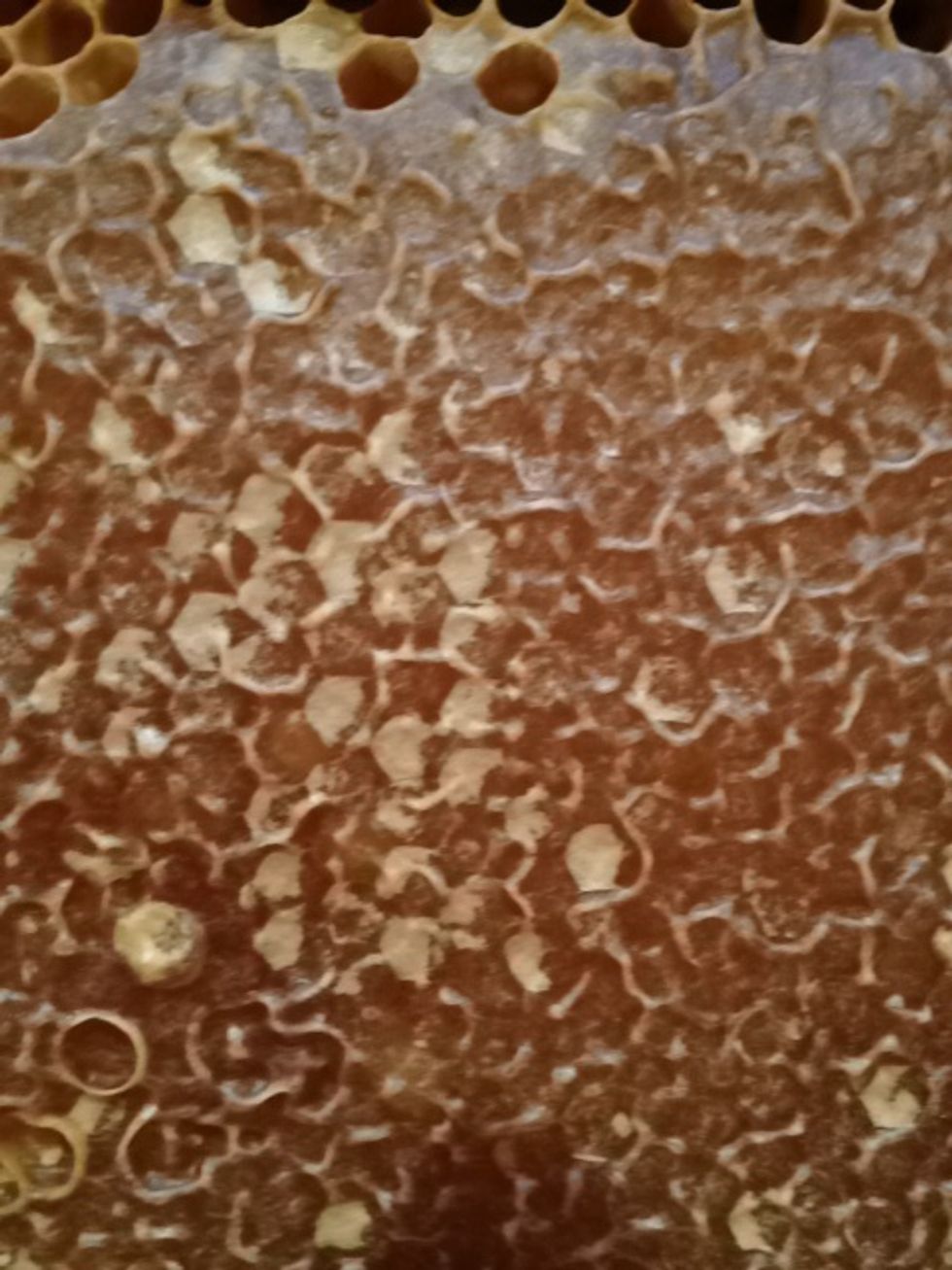
Here is a close up of the capped frame.
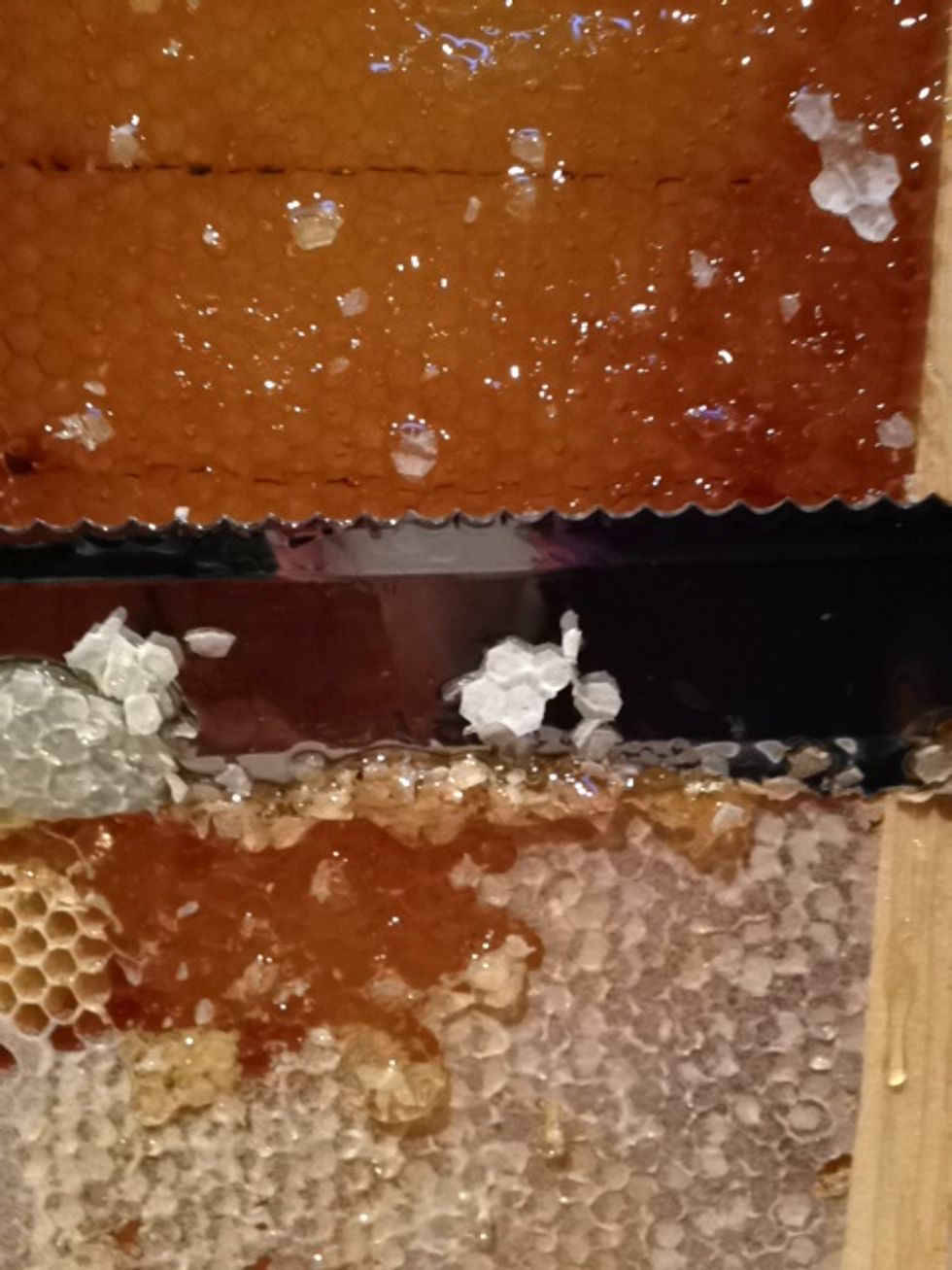
Some honey will drip into the extracting tank or bucket. A tank will separate the honey from the wax, which can be drained via the valve. If using a bucket, drop the entire contents through a strainer
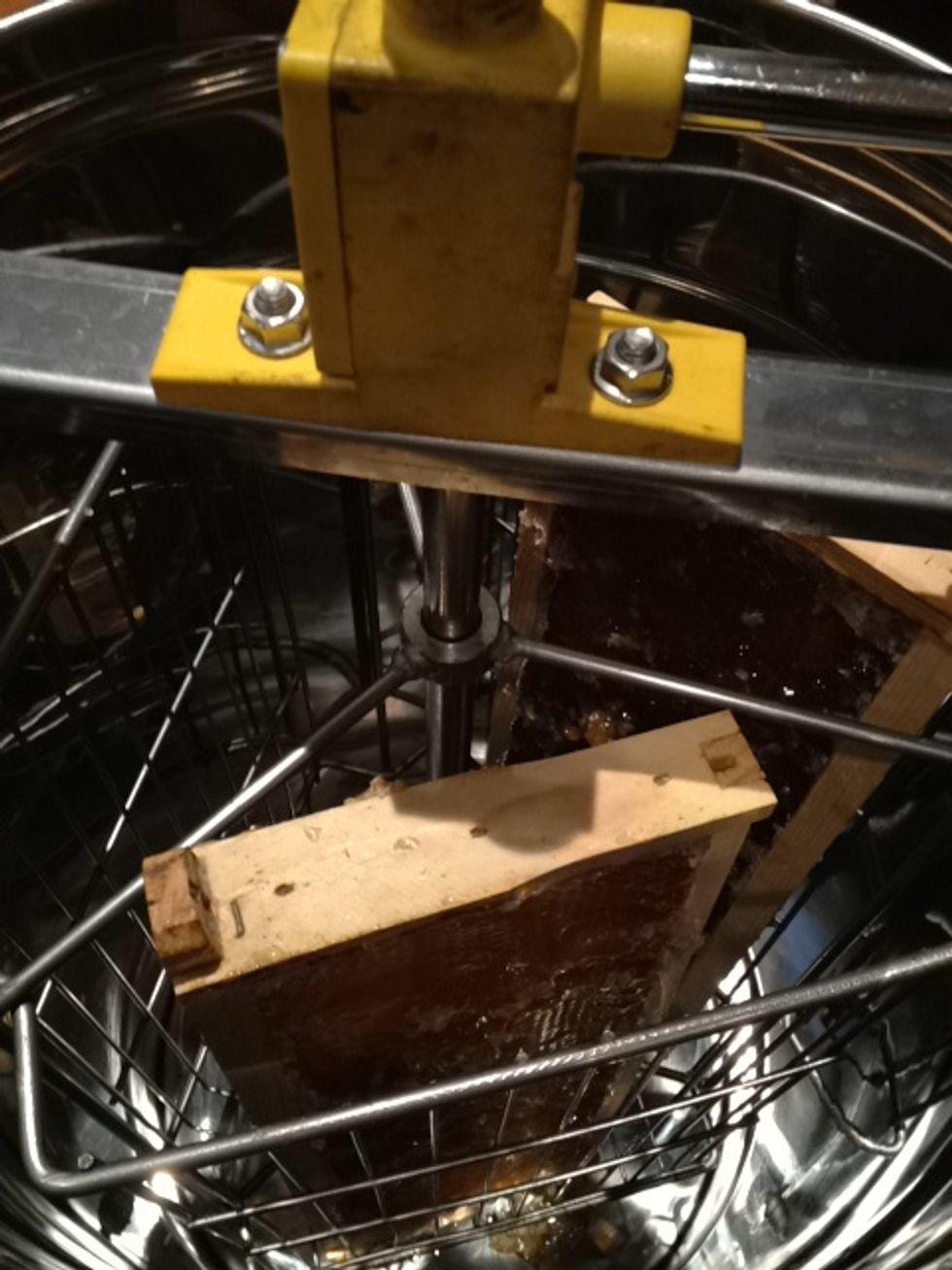
When you have uncapped both sides of the frame, place it in the extractor.
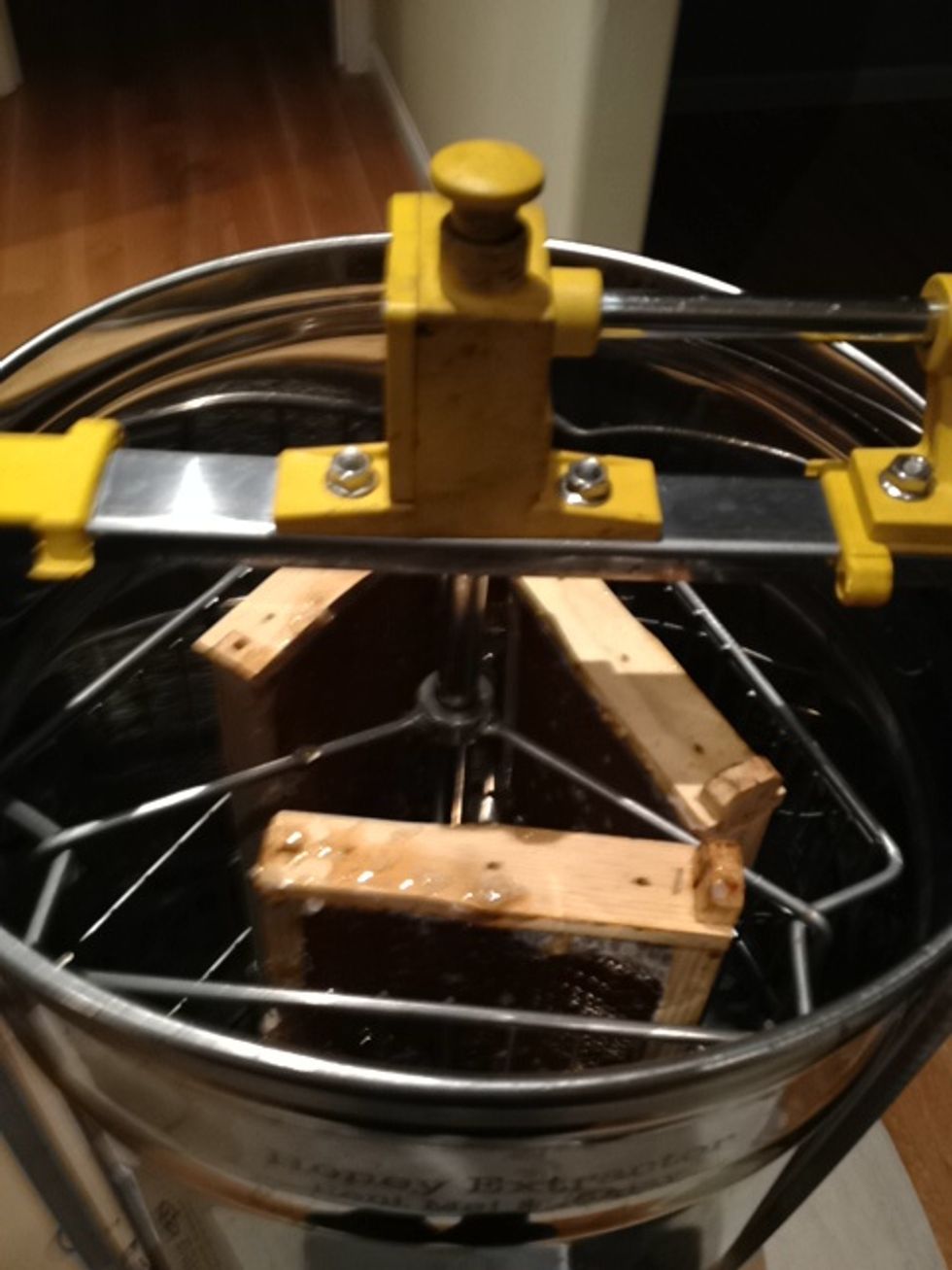
Make sure all slots are full before you begin.
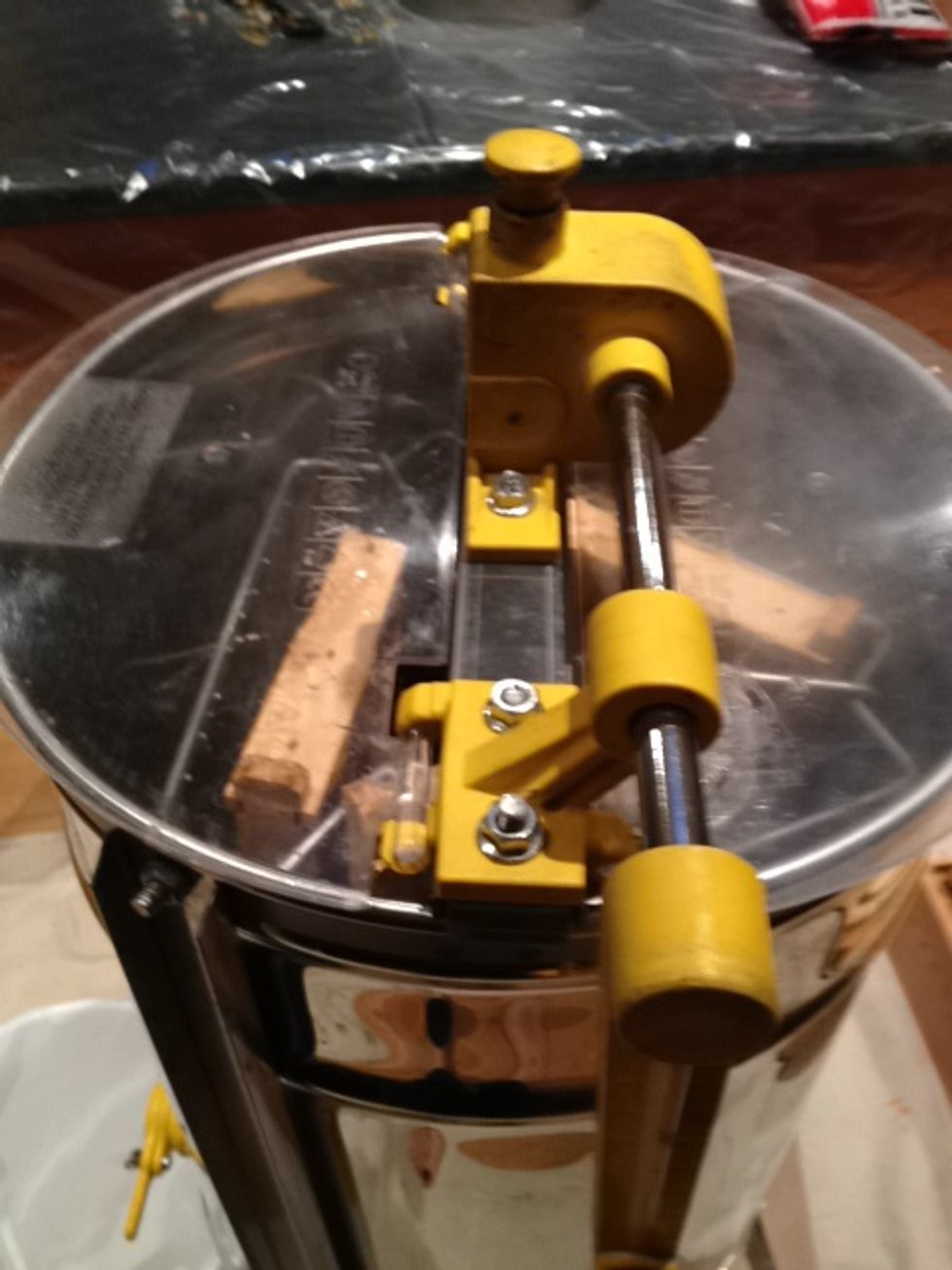
The cover should be on.

Let all the honey go through the preliminary strainer. I triple strain my honey, which involves transferring back and forth between 2 clean buckets lined with new mesh strainers.
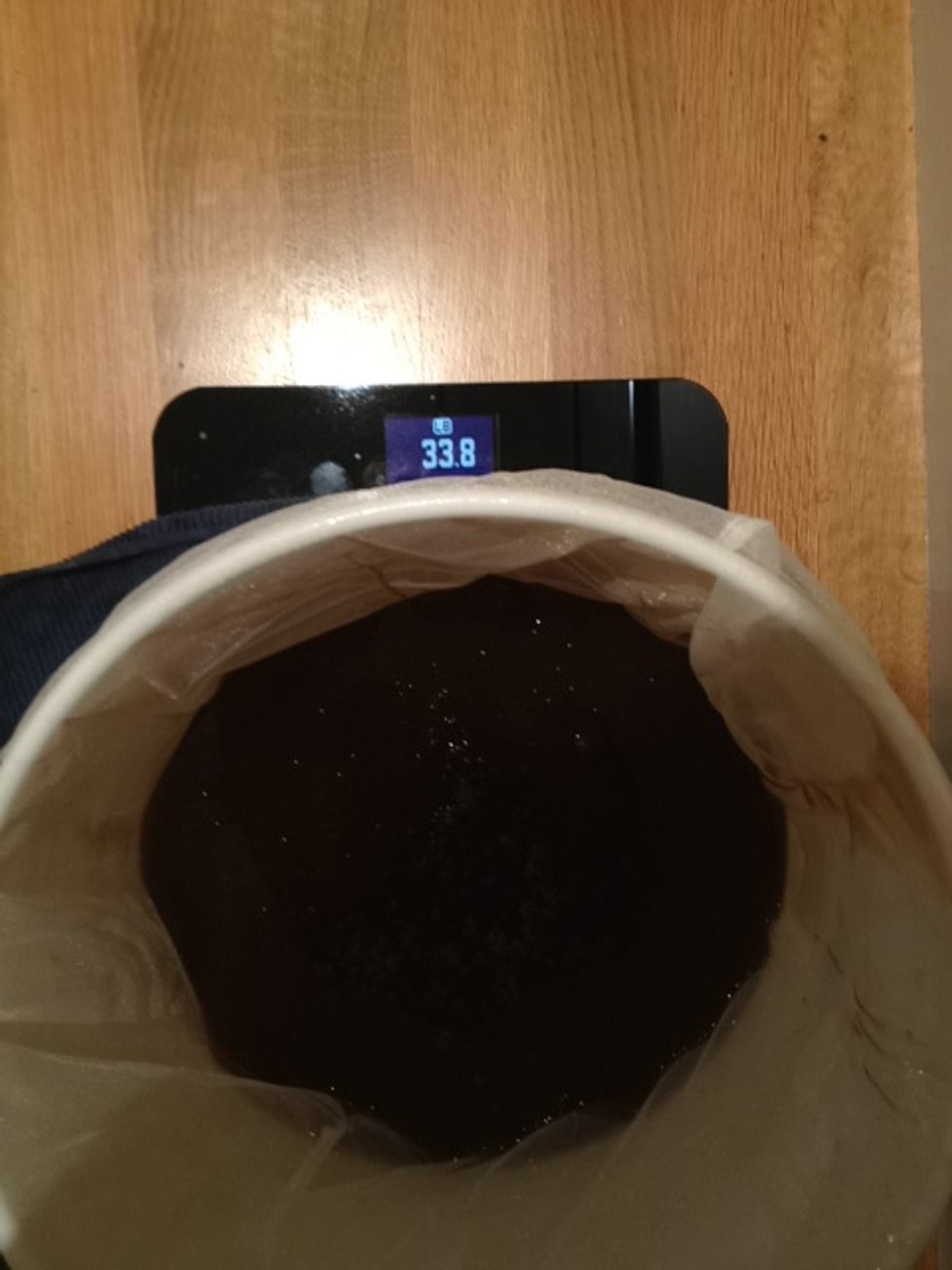
After you have strained the honey, put it on a scale and see how much you ended up with!
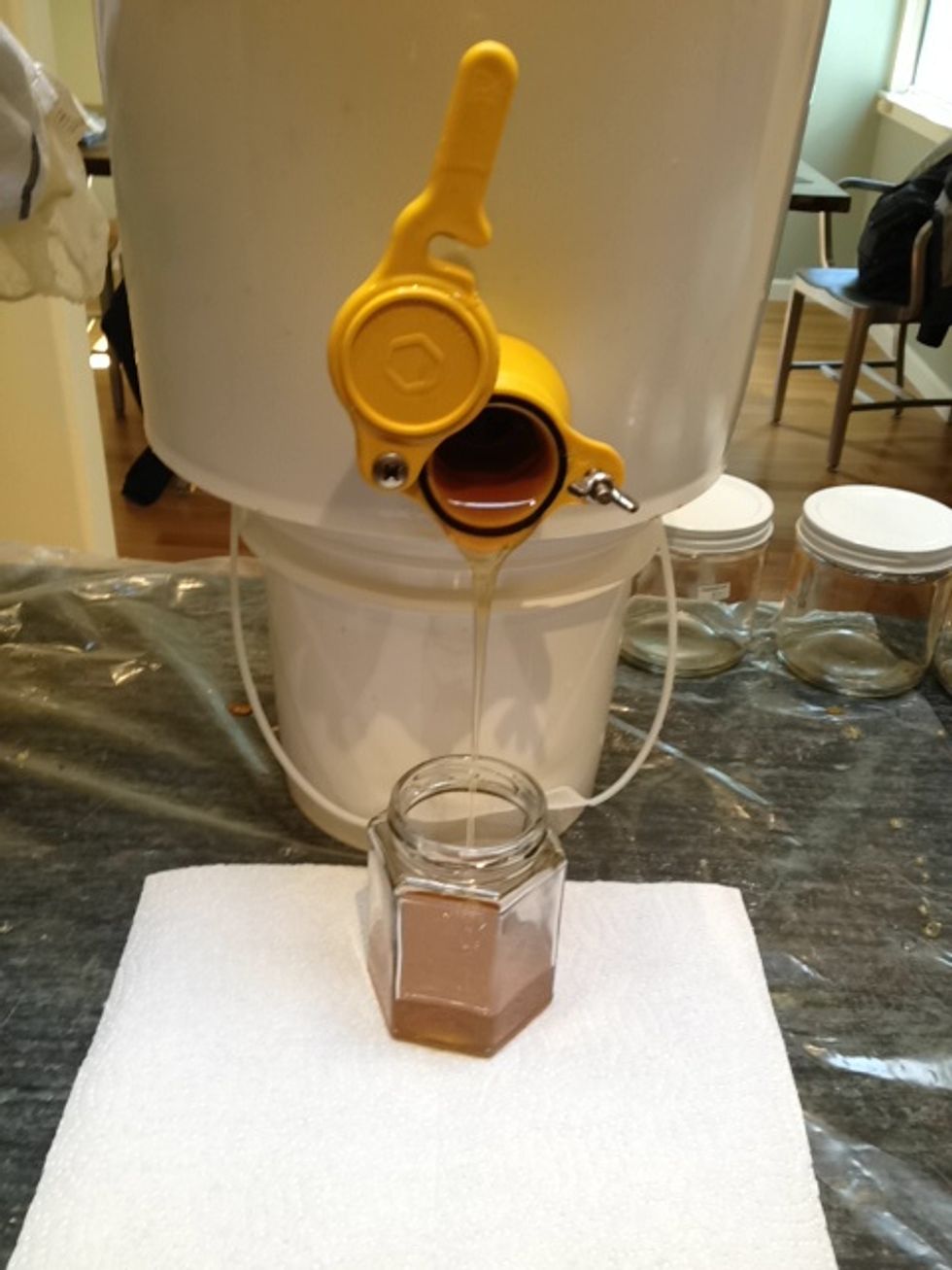
Make sure the honey is transferred back to the pail with the spigot. Put a lid on the bucket. Let the honey sit overnight, so the air bubbles can float up to the top. Now it's time to start bottling!
- 1.0 Extractor
- 1.0 Bucket with spigot
- 3.0 Plastic or canvas drop cothes
- 1.0 Uncapping knife
- 2.0 Bucket
- 3.0 Nylon mesh strainers
- 1.0 Spatula
- Glass jars
- Frames filled with honey
San Francisco, California
The Conversation (0)
Sign Up